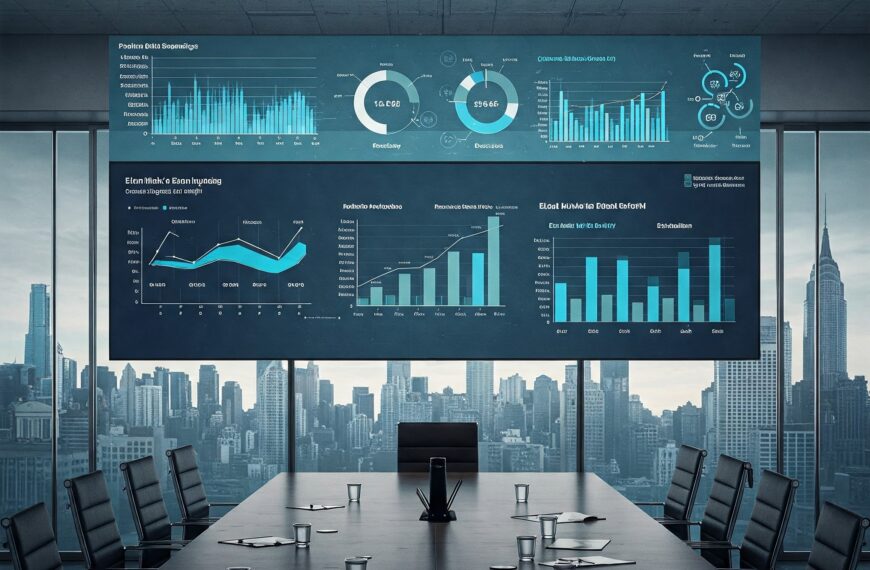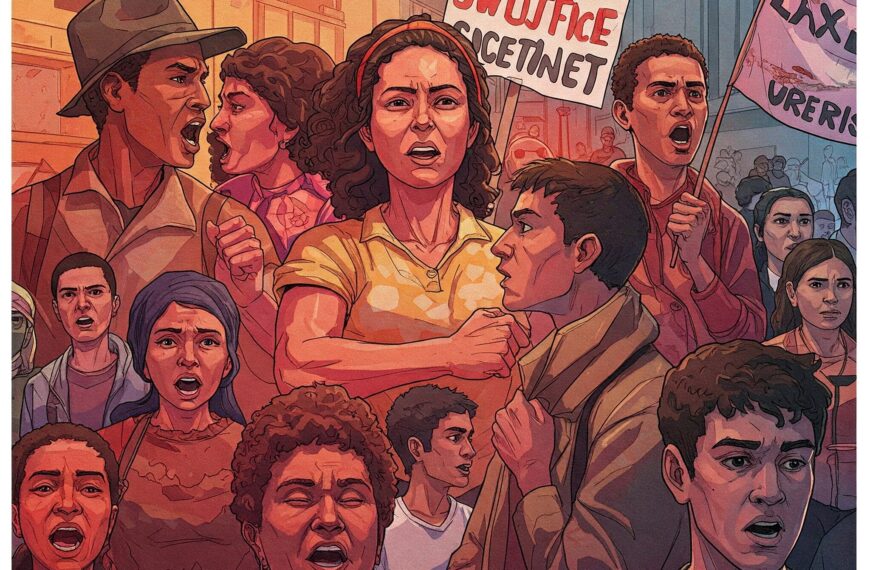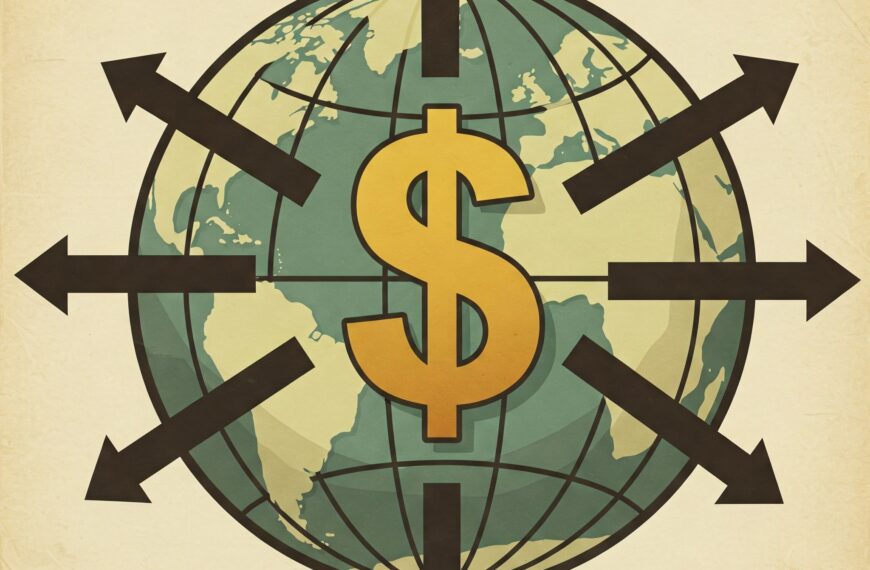The H-1B visa program has been a cornerstone of the U.S. economy, especially in supporting the ever-growing technology and STEM (Science, Technology, Engineering, and Mathematics) sectors. This blog post delves deep into the role of the H-1B program, analyzing its economic impact, industry reliance, projected job growth, and ongoing controversies, backed by authentic data and sources.
Understanding the H-1B Visa Program
The H-1B visa program, established under the Immigration Act of 1990, allows U.S. employers to temporarily employ foreign workers in specialty occupations that require theoretical or technical expertise. Each fiscal year, a cap of 85,000 new H-1B visas is set: 65,000 for regular applicants and an additional 20,000 for individuals with advanced U.S. degrees (USCIS).
Projected Growth of STEM Jobs in the U.S. (2023-2033)
According to the U.S. Bureau of Labor Statistics (BLS), STEM occupations are projected to experience significant growth over the next decade, highlighting an increasing demand for highly skilled professionals:
| Occupation | Projected Growth (2023-2033) | Median Annual Wage (2023) |
|---|---|---|
| Data Scientists | 35.2% | $108,020 |
| Software Developers | 25% | $127,260 |
| Information Security Analysts | 31% | $120,360 |
| Computer and Information Research Scientists | 23% | $145,080 |
| Epidemiologists | 27% | $81,390 |
| Statisticians | 32% | $99,960 |
Source: BLS Occupational Outlook Handbook, 2024
Top U.S. Companies Sponsoring H-1B Visa Workers (FY 2023)
Leading technology firms are among the top sponsors of H-1B visas, reflecting their dependence on global talent:
| Company | H-1B Approvals (FY 2023) |
|---|---|
| Amazon | 6,396 |
| Infosys | 5,256 |
| Tata Consultancy Services | 4,565 |
| Cognizant Technology | 3,205 |
| Microsoft | 3,128 |
| 2,845 | |
| Meta (Facebook) | 2,209 |
| HCL America | 2,103 |
| IBM | 1,994 |
Source: US Department of Labor, H-1B Disclosure Data
Economic Contributions of H-1B Workers
- Innovation and Productivity: H-1B workers contribute significantly to innovation, particularly in the tech sector. A 2021 report by the National Bureau of Economic Research found that an increase in H-1B visa holders is associated with greater patent filings and technological advancement (NBER).
- Filling Critical Skill Gaps: With an acute shortage of domestic STEM talent, H-1B professionals help fill essential roles that may otherwise remain vacant, thus sustaining the competitiveness of U.S. firms in the global market.
- Economic Growth: According to the American Immigration Council, for every 1% increase in H-1B workers in a firm, wages for U.S.-born workers increase by 0.26% (AIC).
Challenges and Controversies
Despite its benefits, the H-1B program faces criticisms:
- Worker Displacement: Some argue that companies misuse the program to replace American workers with lower-paid foreign workers. A 2023 study by the Economic Policy Institute (EPI) found that the top 30 H-1B employers hired over 34,000 new H-1B workers while laying off at least 85,000 employees (EPI).
- Wage Depression: Critics claim that companies use the program to undercut wages, as H-1B workers are often paid less than their American counterparts.
- Lottery-Based Selection: The random lottery system for H-1B cap selection has been criticized for favoring outsourcing companies and failing to prioritize the highest-skilled workers.
Policy Recommendations and Reforms
To ensure the H-1B visa program meets its original intent of attracting top-tier global talent while protecting U.S. workers, several reforms are recommended:
- Wage Standard Revisions: Increasing the minimum salary requirement to ensure H-1B workers are paid competitively.
- Merit-Based Selection: Moving from a lottery to a merit-based system, prioritizing highly skilled and specialized workers.
- Transparency and Oversight: Enhancing reporting and compliance requirements to prevent misuse and abuse of the program.
- STEM Education Investments: Expanding domestic STEM education initiatives to reduce reliance on foreign labor in the long term.
Conclusion
The H-1B visa program is integral to sustaining the U.S. tech and STEM sectors, especially amid growing demand for specialized skills. However, to maintain its integrity and ensure fair outcomes for all stakeholders, meaningful reforms and greater transparency are crucial. The future of American innovation may well depend on how effectively the nation balances these competing interests.
Sources
- U.S. Bureau of Labor Statistics STEM Projections
- American Immigration Council H-1B Fact Sheet
- Economic Policy Institute Report on H-1B Employers
- National Bureau of Economic Research Working Paper
- USCIS H-1B Program Overview
- US Department of Labor H-1B Disclosure Data
Note: All data is accurate as of 2024 and referenced from official sources.














